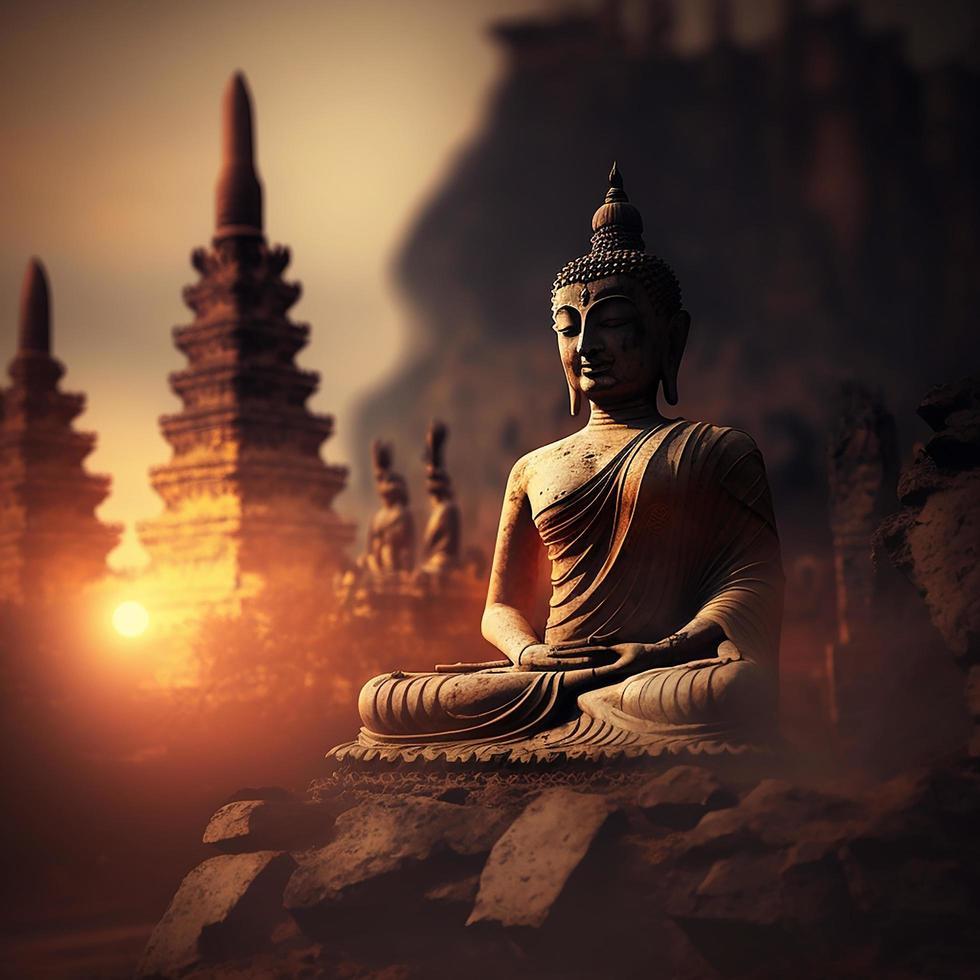India, the birthplace of Buddhism, continues to honor the teachings of Gautama Buddha through vibrant festivals that blend spirituality, culture, and community. Buddhist Festivals in India are not just religious observances—they’re moments of reflection, joy, and connection that bring together monks, devotees, and curious travelers alike.
Whether held in serene monasteries or bustling towns, these festivals offer a glimpse into the heart of Buddhist philosophy and its living traditions.
🪷 1. Buddha Purnima (Buddha Jayanti)
-
When: Full moon day in April or May
-
Where: Bodh Gaya, Sarnath, Kushinagar, and across India
-
Why It’s Celebrated: Marks the birth, enlightenment, and Mahaparinirvana of Gautama Buddha
-
Highlights:
-
Prayer meetings and sermons
-
Offerings to monks and the poor
-
Illuminated stupas and temples
-
This is the most important Buddhist festival in India, celebrated with reverence and joy nationwide.
🏞️ 2. Hemis Festival (Ladakh)
-
When: June or July
-
Where: Hemis Monastery, Ladakh
-
Why It’s Celebrated: Honors Guru Padmasambhava, who brought Buddhism to Tibet
-
Highlights:
-
Masked dances (Cham)
-
Traditional music and rituals
-
Colorful costumes and thangka displays
-
Hemis is one of the most visually stunning Buddhist festivals in India, perfect for cultural immersion.
🧘 3. Losar (Tibetan New Year)
-
When: February or March
-
Where: Dharamshala, Tawang, Ladakh
-
Why It’s Celebrated: Marks the Tibetan lunar new year
-
Highlights:
-
House cleaning and spiritual purification
-
Monastic rituals and dances
-
Family feasts and community gatherings
-
Losar blends Buddhist tradition with Tibetan culture, making it a unique celebration.
📜 4. Magha Puja (Sangha Day)
-
When: Full moon of Magha (February)
-
Where: Monasteries across India
-
Why It’s Celebrated: Commemorates the spontaneous gathering of 1,250 enlightened monks to hear Buddha’s teachings
-
Highlights:
-
Candlelight processions
-
Chanting and meditation
-
Acts of generosity and kindness
-
This festival emphasizes unity and the power of collective spiritual practice.
🌕 5. Asalha Puja (Dharma Day)
-
When: Full moon of Asalha (July)
-
Where: Sarnath and other teaching centers
-
Why It’s Celebrated: Marks Buddha’s first sermon—the turning of the Dharma wheel
-
Highlights:
-
Recitation of the Dhammacakkappavattana Sutta
-
Offerings to monks
-
Community meditation sessions
-
Dharma Day celebrates the beginning of Buddhist teaching and its global impact.
🛕 6. Kathina Ceremony
-
When: End of the monastic retreat (October–November)
-
Where: Monasteries across India
-
Why It’s Celebrated: Marks the end of the three-month rains retreat (Vassa)
-
Highlights:
-
Offering of robes and supplies to monks
-
Merit-making rituals
-
Community feasting
-
Kathina is a beautiful expression of gratitude and generosity.
🌸 7. Ullambana (Ancestor Day)
-
When: August or September
-
Where: Mahayana Buddhist centers
-
Why It’s Celebrated: Honors ancestors and departed souls
-
Highlights:
-
Rituals to relieve suffering of the dead
-
Offerings and prayers
-
Acts of charity
-
This festival reflects the Buddhist value of compassion across generations.
🏯 8. Rumtek Chaam (Sikkim)
-
When: December or January
-
Where: Rumtek Monastery, Sikkim
-
Why It’s Celebrated: Celebrates Guru Rinpoche and Tibetan Buddhist traditions
-
Highlights:
-
Masked dances and rituals
-
Monastic music and chants
-
Cultural performances
-
Rumtek Chaam is a vibrant showcase of Himalayan Buddhist heritage.
🗓️ Planning Your Visit
Here are some tips to experience Buddhist Festivals in India:
-
Best Time: October to March for pleasant weather and major festivals
-
Where to Go: Bodh Gaya, Sarnath, Ladakh, Dharamshala, Sikkim, Tawang
-
How to Prepare:
-
Dress modestly and respectfully
-
Learn basic etiquette for temple visits
-
Participate mindfully—these are spiritual events, not just spectacles
-
Many festivals coincide with full moon days, so check lunar calendars when planning.
💡 Final Thoughts
Buddhist Festivals in India are more than cultural events—they’re living expressions of peace, wisdom, and community. Whether you’re watching masked dances in Ladakh or meditating under the Bodhi Tree in Bodh Gaya, each festival offers a chance to pause, reflect, and reconnect with the deeper rhythms of life.
So if you’re ready to travel with purpose, let India’s Buddhist calendar guide your journey.



